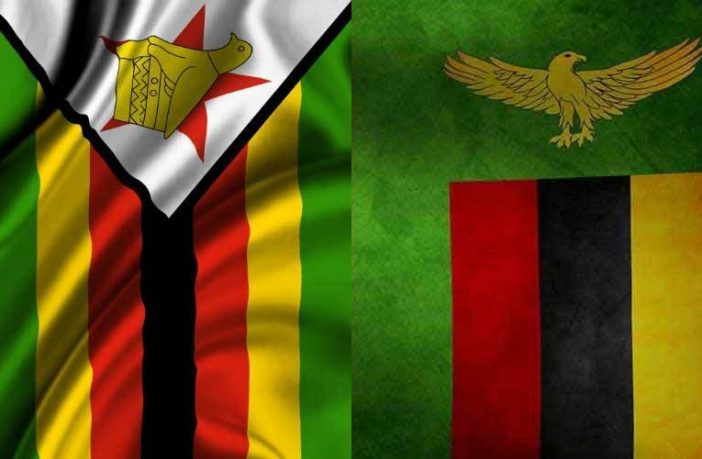- Zambia has started throttling back electricity supply to mining firms and domestic users following reduced power generation after a big drop in water levels in lake Kariba.
- Prolonged drought has resulted in a water level drop to around 2% of capacity.
- The country’s power utility, Zesco, says that the 110MW power rationing to mines is expected to last into the middle of February 2023.
The dam, which supplies two hydropower plants, falls under the management of the Zambezi River Authority (ZRA), a corporation jointly and equally owned by the governments of Zambia and Zimbabwe. Zimbabwe has a power station on the north bank (1050MW) while Zambia’s is on the south bank of the dam (1080MW).
Zesco has also increased supply cuts to domestic users to 12 hours from 6 daily.
Meanwhile the President of Zambia, Hakainde Hichilema, will be engaging his Zimbabwean counterpart Emmerson Mnangagwa in a private “family conversation” because Zimbabwe used more than its water quota for electricity generation and ignored the Zambezi River Authority’s regulatory requirements. The authority has called for higher penalties for overuse of water by countries.
Hichilema cited poor engagements between the two countries as one of the reasons for the problem. He was speaking after the tour addressing power generation stakeholders in Siavonga, Zambia, last week. Hichilema said he wanted what was best for both countries to be achieved through the management of the dam.
“Many factors have contributed to our current state of low electricity generation but most importantly systems and information sharing, including optimal use of this shared resource are being largely ignored. We will engage all stakeholders about this,” he added in a tweet.
Zimbabweans are being subjected to 19 hours of power cuts a day. This is after water has dried up at Kariba, a hydro power source for the country and imported power cannot be paid for. Zimbabwe has a total of 2240 generation capacity the bulk of which comes from comes from Kariba hydro (1.1MW) and 920MW from the Hwange Coal Power station. At the moment it is estimated that less than 500MW is currently generated in the country.
Related news: In August, Zimbabwe signed a five-year contract to import 100 megawatts of power a day from Zambia and the deal could not be consummated as Zambia was demanding payment upfront and had no foreign currency to pay. Read more
In late November the Zambezi River Authority (ZRA) has instructed the Zimbabwe Power Company (ZPC) and Kariba Hydro Power Company Limited (KHPC) to suspend power generation at the South Bank Power Station until January 2023.
Related news: Tharisa mine in Zimbabwe to construct a 300MW solar facility
ZRA chief executive engineer, Mr Munyaradzi Munodawafa, said the suspension will be in place untill a further review of the substantive hydrological outlook at Kariba is undertaken which will include consideration of the total reservoir live storage build-up which is the cause for the requested shut down.
ZRA chief executive officer Munyaradzi Munodawafa told Hichilema the Zambia Electricity Supply Corporation Limited (Zesco) followed the 2022 programme on power generation, but Zimbabwe’s Electricity Supply Authority (Zesa) did not.
Author: Bryan Groenendaal















